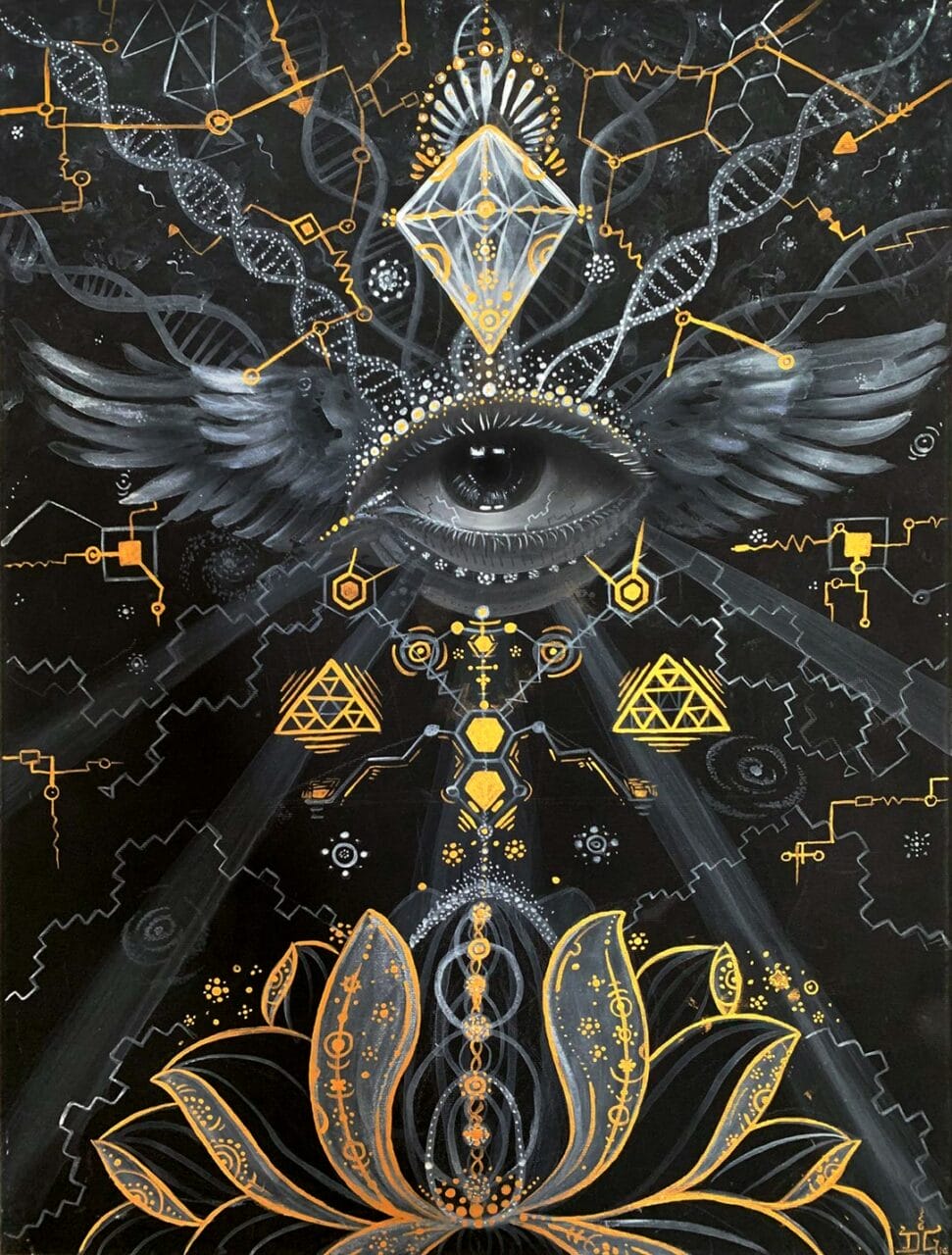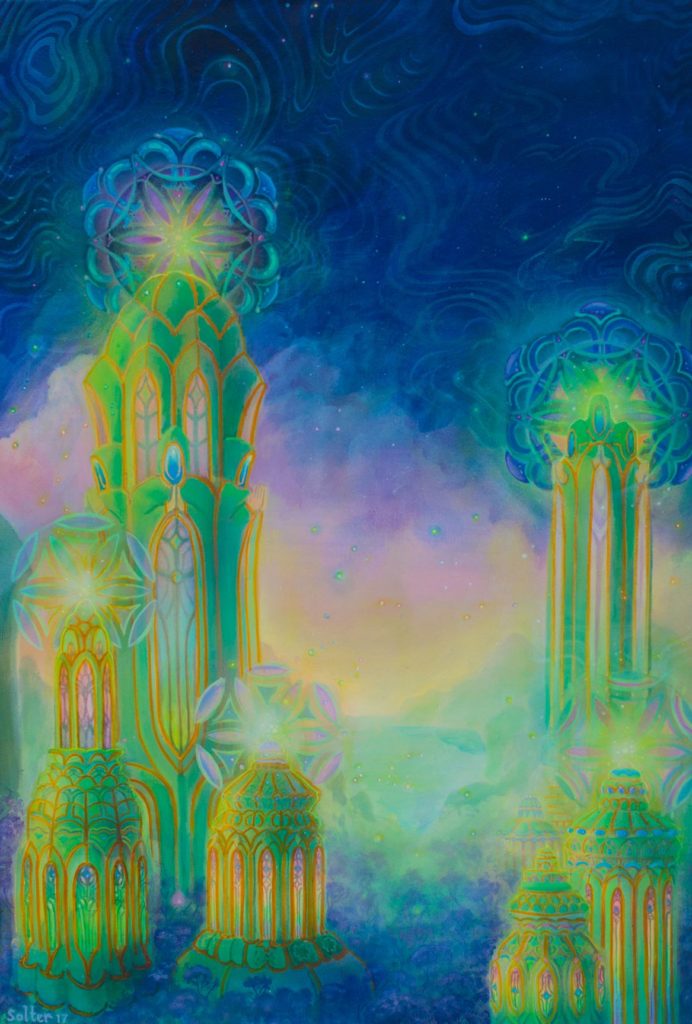
© Uni Kaya
A Historical Overview of Magic Mushrooms
Historical documents trace the existence of Magic Mushrooms back to 9000 BC. These unique mushrooms, which encompass over 200 species, contain psilocybin, a substance known for inducing hallucinogenic effects. The effects can range from altered perceptions, visual and auditory hallucinations, to profound spiritual experiences. For thousands of years, these mushrooms have played a role in spiritual ceremonies, rituals, and practices across diverse cultures and tribes. A significant number of these historical instances originate from North and South America.
Magic Mushrooms in Ancient Times
Over the centuries, many cultures have made use of natural psychedelics. Evidence found in the Sahara Desert suggests that humans were using Psilocybe Cubensis more than 7000 years ago. Archaeological findings highlight the depiction of this psychoactive substance in prehistoric art across various regions. For instance, the indigenous tribes of North Africa in the Sahara represented its use in their paintings from around 9000 BC. Likewise, the renowned Selva Pascuala mural rock painting in Spain, roughly 6000 years old, indicates the use of Psilocybe Hispanica in religious rituals. The influence of these substances on cultural evolution, religion, art, societal norms, and daily life is becoming more apparent. This substance has undoubtedly made a deep mark on our culture and society.
A Brief History of Magic Mushrooms Utilization
Throughout history,magic Magic Mushrooms have been consumed for extended periods. The psychoactive substance we know today has spanned several centuries, with a variety of practices associated with its use. Who could resist nature’s offerings? It’s time for Magic Mushroom Toronto Canada to delve into the historical journey that has brought Magic Mushrooms to its current standing.
Key Points
- Dried Magic Mushrooms have long been used in traditional rituals and spiritual healing. Today, they serve as a treatment for mental health disorders.
- Magic Mushrooms became a defining symbol of the hippie culture and played a significant role in the psychedelic revolution, encouraging its recreational use.
- Key figures such as Wasson, Sabina, and McKenna introduced psilocybin to the contemporary world.

© Jonathan Solter
Endorsing the Stoned Ape Theory
The Stoned Ape Hypothesis was put forth by Terence McKenna who postulated that psilocybin might have contributed to human evolution, specifically cognitive development. Despite facing some opposition, the intriguing nature of this theory remains undeniable.
Ancient Civilizations and their Holy Ceremonies
Historic civilizations depicted cubes via symbols, artwork, and statues, indicating the ritualistic use of Magic Mushrooms. The Mayans and Aztecs leveraged it for interacting with supernatural beings, including gods. In the culturally rich Aztec society, it was referred to as “teonanácatl“, which translates to “flesh of the gods”. The concept of a psychedelic experience was alien to them, causing them to view it as a divine entity. Venturing north to Siberia, hallucinogenic Magic Mushrooms were employed by Siberian shamans. They particularly used the hallucinogenic substance (Magic Mushrooms) known as “Amanita Muscaria” for spiritual healing and conventional customs, despite its poisonous nature. This practice dates back to roughly ten thousand years ago. In African tribal rituals, notably among the tribes of Congo and Zimbabwe, cubes were used for communing with ancestors, facilitating visions, and promoting spiritual healing. These historical civilizations provide context for contemporary psilocybin use. The reverence for this substance in these societies stemmed from its divine connotations and its ability to elicit mystical experiences.
Magic Mushrooms in Legends and Folktales
Numerous accounts, including those from Gordon Wasson, have emphasized the connection between Magic Mushrooms and the spiritual world, highlighting its role in folklore and mythology as a medium for divine communication and enlightenment. In ancient India, the Soma—a ceremonial beverage mentioned in the Vedas—was believed to induce altered states of consciousness. Scholars like Wasson speculate that it might have been brewed from psychoactive plants, specifically fly agaric. Some even suggest that this ancient drink might have been a mixture of various plants. Regardless of its origins, the psychedelic history suggests that Soma facilitated the appearance of sacred symbols during ceremonies, representing a portal to higher knowledge or spiritual enlightenment.
The Contemporary Era
A Brief Overview of the
Beginnings
Historical documents from the era before Columbus suggest that psilocybin Magic Mushrooms was utilized by the Mayans and Aztecs. The Spanish rulers in the 15th and 16th centuries thought its use as barbaric and subsequently outlawed it. Despite the ban, shamans secretly carried on using magic Magic Mushrooms, thereby maintaining their cultural customs for over 400 years.
Revival in the Western World
The 1950s saw the return of these substances to the Western world due to the pioneering work of R. Gordon Wasson, Roger Heim, and Albert Hofmann. They managed to isolate the two psychedelic components (psilocybin and psilocin) from the Magic Mushrooms obtained from the Mazatec tribe during a visit to Mexico. Wasson subsequently shared his experiences, uses, and insights about magic Magic Mushrooms in Life magazine. His articles and personal accounts led to recognition of the substance as a potent hallucinogen. By the 1960s, the substance had become an emblem of the Hippie culture and was perceived as a portal to spiritual journeys. However, it also caused considerable controversy and initiated a shift in the recreational use of hallucinogenic substances.
Progression: Worldwide Prohibition
In 1971, psilocybin was classified as a Schedule 1 illegal drug by the United Nations Convention on Psychotropic Substances, along with Lysergic Acid Diethylamide and N, N-Dimethyltryptamine. They were all considered to lack medicinal value and to have a high risk of misuse. This resulted in extensive criminalization in Western nations, including Canada and the U.S., significantly limiting the spiritual and therapeutic uses of the substance.
The Modern Resurgence of Psilocybin
In the present day, legislation surrounding the use of psilocybin has begun to loosen, starting with its decriminalization. This shift is in line with the UN’s provision for treaty member nations to regulate the substance as they see fit. Simultaneously, a growing body of research and clinical trials relating to psychedelics and consciousness strongly affirms potential medicinal uses of psilocybin. A 2021 study investigating the therapeutic use of psychedelics indicates that the 1970 ban greatly hindered additional research. However, a pilot study in 2004 revived interest in psilocybin, suggesting potential uses in neuropsychiatry, specifically for treating mental health disorders such as:
- Depression, Anxiety, and Stress
- Post-Traumatic Stress Disorder (PTSD)
- Obsessive-Compulsive Disorder (OCD)
- Drug Abuse (Aiding in Addiction Recovery)
- Excessive Alcohol Consumption and Drugs)
Media and Art’s Influence
The subject of psychedelic cubes is so prevalent in current discourse that it can be found represented in numerous formats. The resurgence of interest in these substances has been fueled by various forms of media, art, and literature. The movie “Fantastic Fungi” by Director Louie Schwartzberg, and documentaries that delve into their therapeutic properties, have enhanced public understanding of their mental and physical effects. Michael Pollan, author of “How to Change Your Mind,” has studied the application of psychedelics for mental wellness and spiritual development, thereby reviving interest in their societal and therapeutic values.
Prominent Historical Advocates of Fungi
- María Sabina: María Sabina, a Mazatec shaman and poet from Mexico, played a key role in exposing the Western world to cubes. She allowed Wasson to observe her Magic Mushrooms rituals.
- Gordon Wasson: Wasson, a writer, gained fame for bringing international awareness to the drug. His comprehensive accounts of his experiences with Sabina contributed to a broader understanding of its local use.
- Terence McKenna: A fervent supporter of psychedelics, McKenna was instrumental in emphasizing their cultural and philosophical significance. Through his speeches, writings, and research, McKenna popularized the “Stoned Ape” theory, portraying it as a cognitive enhancement tool that had a considerable impact on society.
The Journey – A Concise Summary
with TRD.
| Prehistoric | Evidence of prehistoric use is represented by stone art discovered in the Sahara, Africa. |
| Ancient | The Maya and Aztec civilizations incorporated teonanácatl into their religious and spiritual rites. |
| 16th Century | Its use was discouraged due to its association with Indigenous belief systems. |
| 18th Century | In 1799, the “intoxicating” effects of the drug came to light when four children accidentally ingested Psilocybe Semilanceata, highlighting the potential negative effects of its use. |
| 20th Century | Wasson and Sabina introduced the drug to the Western world, sparking a psychedelic revolution among the hippies. The UN decriminalized the possession and use of the substance. |
| 21st Century | Clinical trials are currently being conducted to verify its medical potential. increasing. Furthermore, the Special Access Program by Health Canada has given it authorization for use. |
Emergence of the Psychedelic Era and Salvation’s Expansion | Purchase Magic Mushrooms Online from Magic Mushroom Toronto Canada
With the backing of robust scientific research, the habitual use of cubes at Magic Mushroom Toronto Canada is on an upward trajectory towards worldwide recognition. Magic Mushroom Toronto Canada’s online Magic Mushrooms shop stands prepared to facilitate this evolution. Our expansive assortment of products lures customers, inspiring them to embark on the mystical and therapeutic journey of psilocybin. Secure your choice of items from Zoomies today.
Commonly Asked Questions
No, Amanita Muscaria does not encompass the active ingredients present in Psilocybe Cubensis. Rather, the psychoactive substances in fly agaric are muscimol and ibotenic acid. A prevalent hypothesis about Soma’s origin posits it as a concoction of various psychoactive plants. In a similar vein, ayahuasca is a mind-altering drink. The sole link between the two is the perception of soma as an analogue of ayahuasca. Its potential for Magic Mushrooms poisoning was probed after it was classified as a toxic Magic Mushrooms. In current times, we recognize it as the Psilocybe Mexicana.

